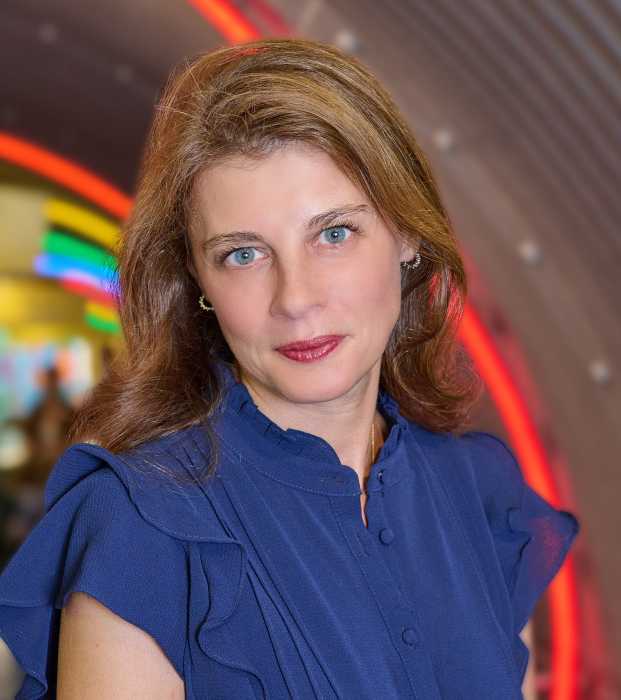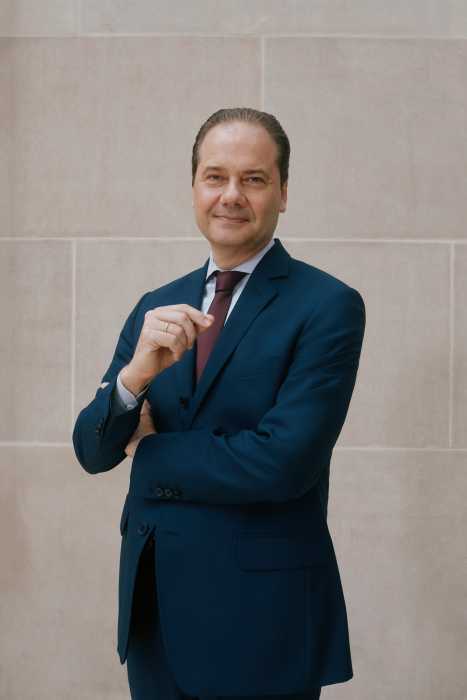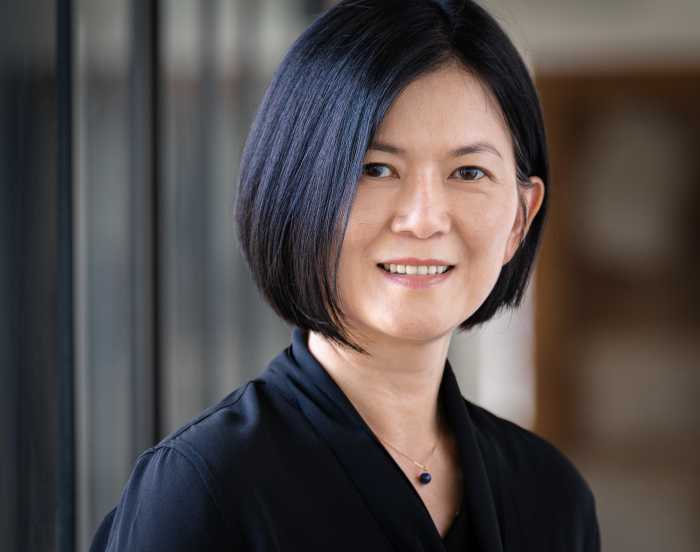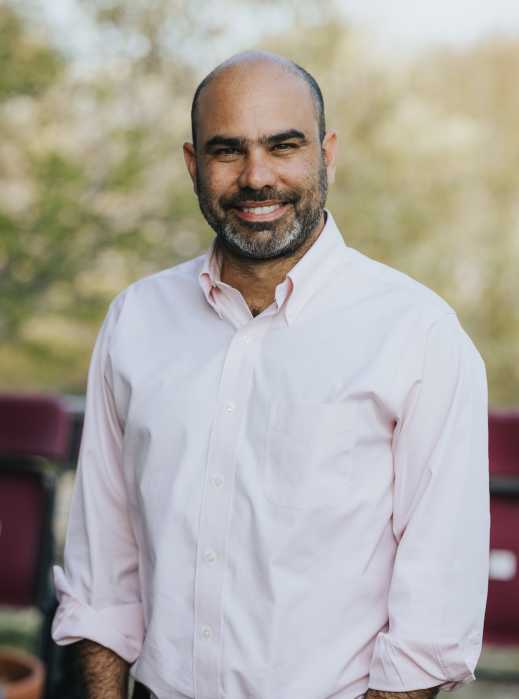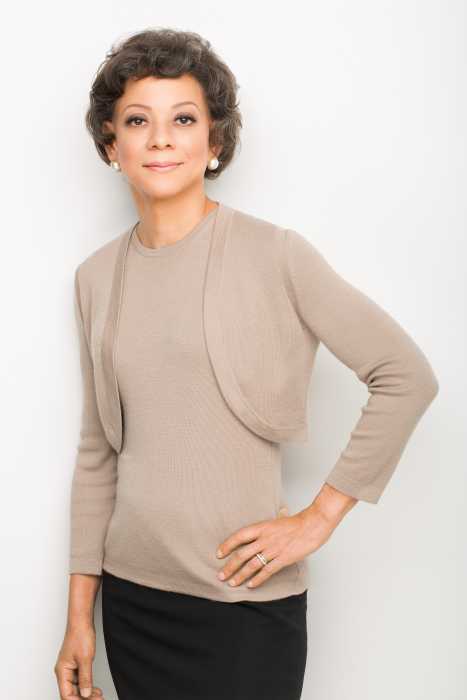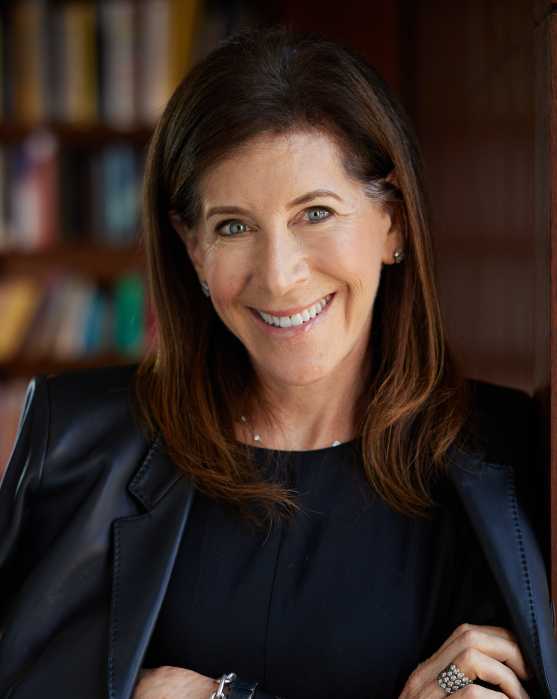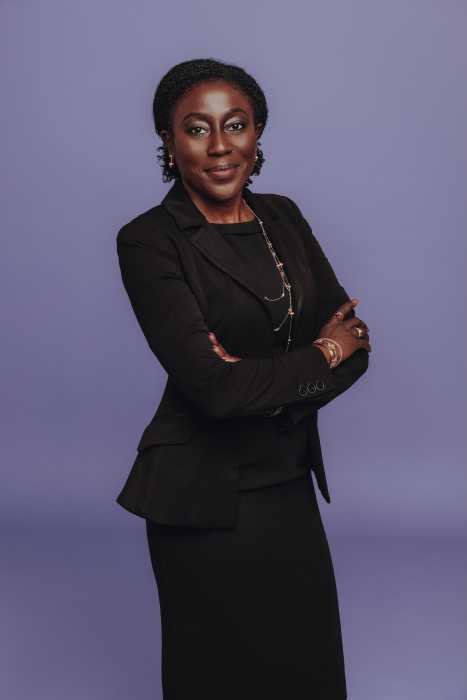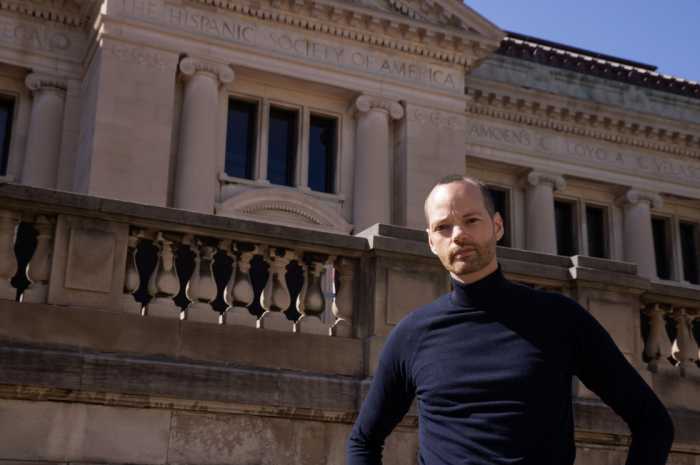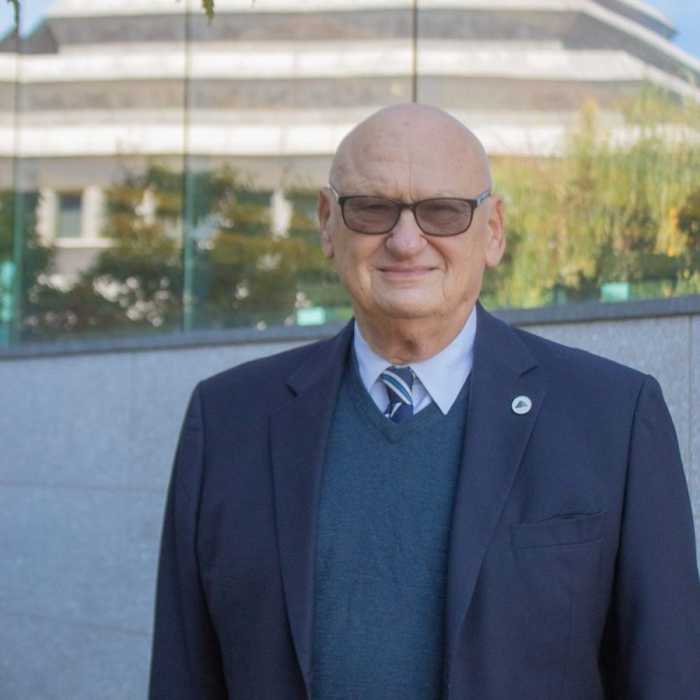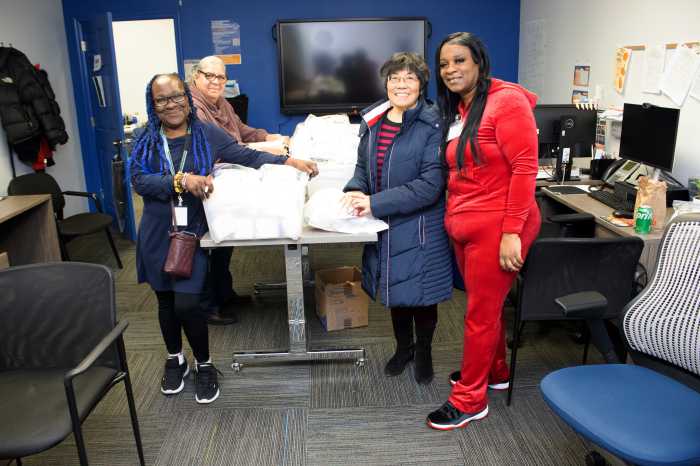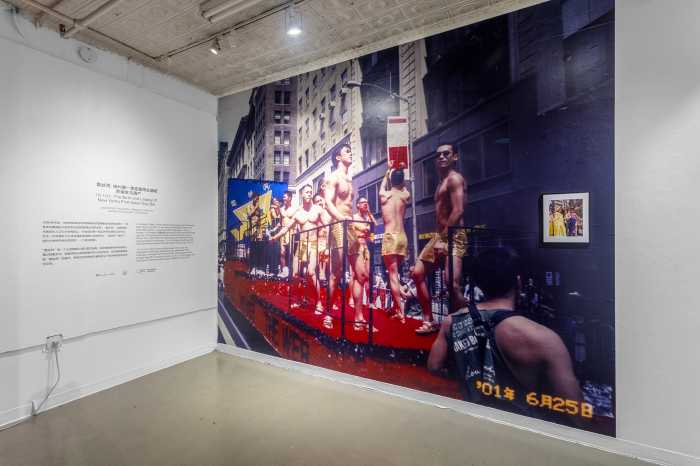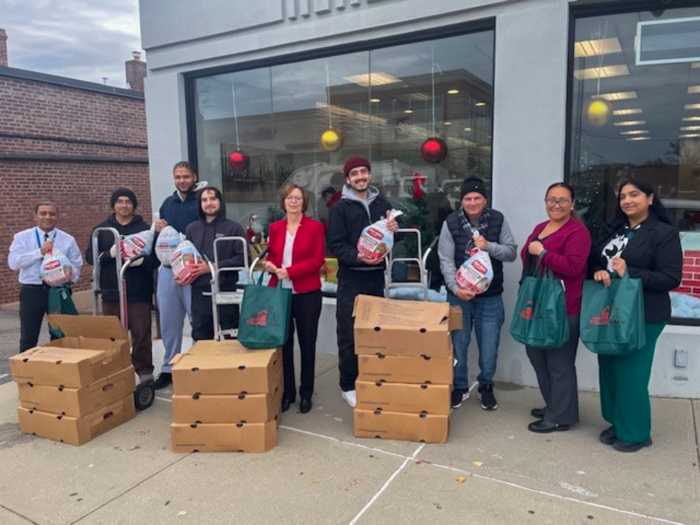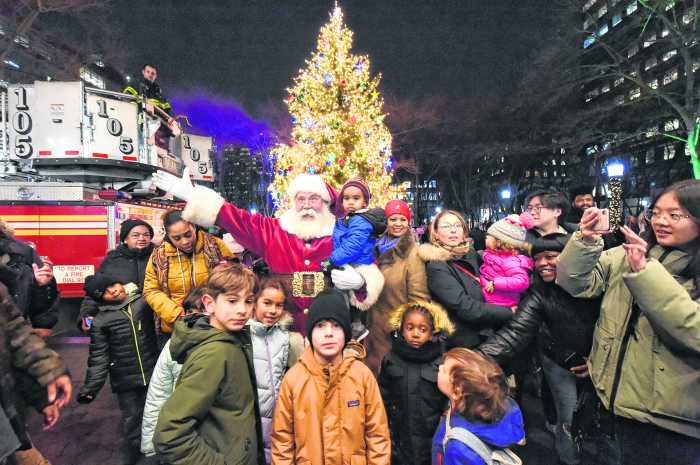Just over a year as Ronay Menschel director and president, Brooklyn native Stephanie Hill Wilchfort has led the Museum of the City of New York to new heights. Under her leadership, MCNY opened an acclaimed exhibition about Shirley Chisholm and “Above Ground: Art from the Martin Wong Graffiti Collection.” Stephanie has raised over $20 million for operations, exhibitions, and capital projects, and re-launched seven-day service. She also introduced Weekends @MCNY, boosting weekend attendance by 40%.
If you could attend any event, show, or exhibit in the city this month, what would it be and why?
I’m particularly interested in the new Birch Trials exhibition at the Fraunces Tavern Museum, which explores the 1783 review of Black Loyalists, who had joined the British cause seeking freedom, to determine their eligibility to evacuate with the British Army. As MCNY prepares for a major exhibition on the Revolutionary War next year, this exhibition offers a valuable opportunity to deepen my understanding of this important chapter in New York City’s history.
How can policymakers and everyday New Yorkers support arts and culture within the city?
With an allocation of $150M from the City of New York, the creative economy generates $110 billion and represents 13% of our city’s economy. Arts and culture are some of the most productive urban investments, but city funding for the sector has not materially increased since 2009. Cuts to federal funding render arts and culture particularly vulnerable this year. City and State policymakers need to increase support for cultural institutions to ensure their continued strength.
New York has historically been considered the culture capital of the world. How do you feel the city upholds this legacy in 2025?
As the city marks its 400th anniversary in 2025, MCNY is highlighting quintessentially New York art forms that have shaped popular culture globally. “Above Ground” showcases the ways that New York graffiti influenced art worldwide, “Urban Stomp” tells New York origin stories of dances including the lindy hop, salsa, and hustle, and “Songs of New York” explores music of the boroughs that has international reach. New York continues to be the world’s cultural innovator.


